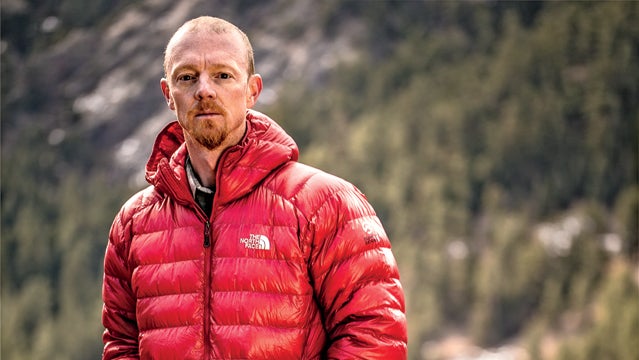KNOW YOUR CAMERA: Familiarize yourself with all your tools in a nice warm place so that when you鈥檙e outside in the rain or snow, or under pressure, you won鈥檛 press the wrong button. With action cameras, it鈥檚 helpful to learn the field of view, because there鈥檚 no viewfinder on a lot of them. It鈥檚 important to know what will end up in the picture and what won鈥檛.
MIX IT UP: The coolest thing about these cameras is that they鈥檙e really tough, and you can put them anywhere鈥攕o put them anywhere. We don鈥檛 want a soup just made out of peas. We want a soup made out of peas, potatoes, and spices. Get a bunch of angles鈥攖op of the ski, chainstay of your mountain bike鈥攕o when you鈥檙e editing you have a lot of different stuff you can mix together.
HAVE A PLAN: If you want to tell a good story, it鈥檚 really -helpful to decide what you鈥檙e going to do -before you go out and do it. Try and figure out a -beginning, a middle, and an end. Very few great pieces you see on video or on the Web just happened.
KEEP IT SHORT: Nobody wants to watch a five-minute video of you mountain-biking down a trail. My preferred length for a Web video is 60 seconds. If you watch Super Bowl commercials, you鈥檒l realize that you can do a lot in 60 seconds. But you also don鈥檛 have to do a lot in 60 seconds, because it鈥檚 a safe time investment for people.
LISTEN: Sound is 51 percent of a film, and action cams are terrible at recording audio. It鈥檚 easy to get sound effects鈥攍ike a bike chain running or birds chirping鈥攁t places like . Also try recording a bit of narration with the microphone on your laptop.


